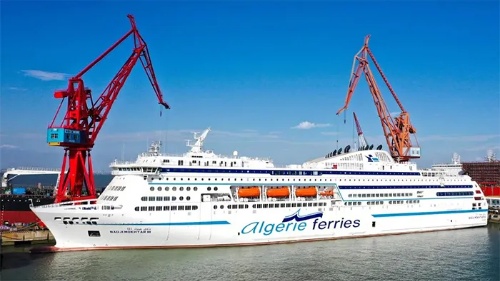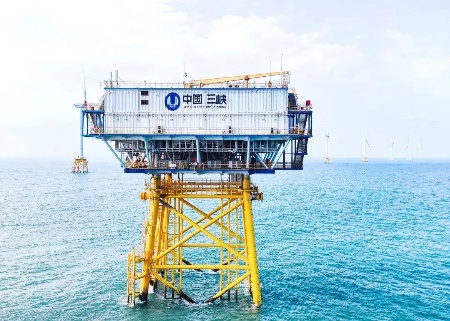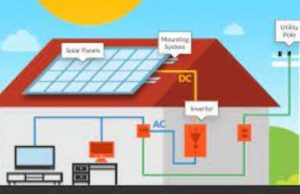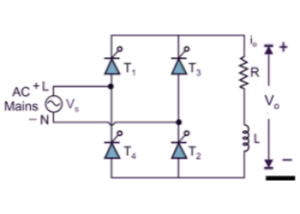Electronic Components Supplier | Transformers, Inductors, Inverters
Introduction
As the world accelerates its transition to renewable energy, offshore wind farms are becoming a cornerstone of clean power generation. At the heart of these marine energy systems lies a critical component: the offshore transformer. Designed to operate in harsh marine environments, these specialized transformers ensure efficient power transmission from offshore wind turbines to onshore grids. This article explores the role, challenges, and innovations in offshore transformer technology, along with market trends shaping the industry.

What is an Offshore Transformer?
An offshore transformer is a high-voltage electrical transformer specifically engineered for marine applications. Installed on offshore platforms, substations, or wind turbines, its primary function is to step up the voltage generated by wind turbines (typically 33 kV to 66 kV) to higher transmission levels (132 kV to 220 kV or more) for efficient long-distance power transfer.
Key Features of Offshore Transformers:
✔ Corrosion Resistance – Built with marine-grade materials to withstand saltwater exposure.
✔ Compact & Lightweight Design – Optimized for installation on floating or fixed offshore structures.
✔ High Efficiency & Reliability – Minimizes energy loss and ensures stable grid integration.
✔ Advanced Cooling Systems – Uses liquid-immersed or dry-type cooling to prevent overheating.
Applications of Offshore Transformers
1. Offshore Wind Farms
- Transformers installed in offshore substations collect and boost power from multiple turbines before transmitting it to shore.
- Floating wind farms require compact, vibration-resistant transformers.
2. Oil & Gas Platforms
- Used to power offshore drilling rigs and processing facilities.
- Must comply with explosion-proof (Ex) safety standards.
3. Subsea Power Transmission
- Emerging technologies like subsea transformers enable deep-water energy projects.
Challenges in Offshore Transformer Design
🔹 Harsh Environmental Conditions – Saltwater, humidity, and extreme weather demand robust sealing & anti-corrosion coatings.
🔹 Limited Maintenance Access – Remote locations require long service life (25+ years) and predictive maintenance tech.
🔹 Space Constraints – Offshore platforms demand smaller, modular transformers.
🔹 Grid Stability – Must handle variable wind power output without fluctuations.
Innovations in Offshore Transformer Technology
1. Dry-Type Transformers
- No oil = lower fire risk & eco-friendly operation
- Ideal for floating wind farms where oil leaks could be catastrophic.
2. Smart Monitoring & IoT Sensors
- Real-time diagnostics for temperature, load, and insulation health.
- AI-driven predictive maintenance reduces downtime.
3. High-Voltage Direct Current (HVDC) Transformers
- Essential for long-distance undersea cables (e.g., Europe’s offshore wind grid).
- Reduces transmission losses compared to AC systems.
4. Hybrid & Floating Substations
- Integrating battery storage & transformers for stable power supply.

Market Trends & Growth Projections
📈 The global offshore transformer market is projected to grow at 8.2% CAGR (2024-2035), driven by:
✅ Expanding Offshore Wind Capacity – Europe (UK, Germany) and Asia (China, Taiwan) lead installations.
✅ Government Investments – U.S. Inflation Reduction Act (IRA) and EU Green Deal boost offshore energy.
✅ Floating Wind Farms – Deep-water projects demand next-gen transformer solutions.
Conclusion
Offshore transformers are vital for unlocking the full potential of marine energy. With advancements in HVDC technology, smart monitoring, and corrosion-resistant materials, these transformers are becoming more efficient and reliable. As offshore wind and subsea power projects expand, investing in high-performance offshore transformers will be crucial for energy companies and grid operators.
For businesses in the renewable energy sector, staying ahead means adopting innovative offshore transformer solutions that maximize efficiency and durability.







